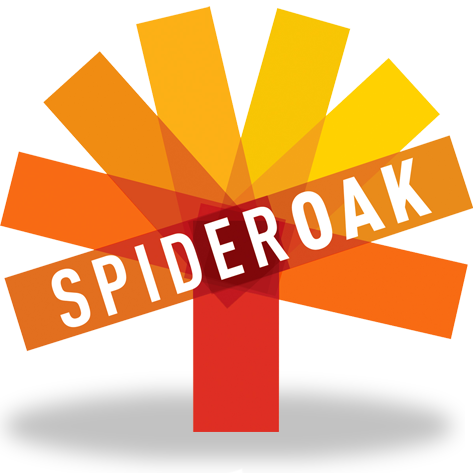

- #SPIDEROAK MISSION SYSTEMS PASSWORD#
- #SPIDEROAK MISSION SYSTEMS OFFLINE#
- #SPIDEROAK MISSION SYSTEMS DOWNLOAD#
And it does offer some additional features that make life easy.

When it comes to ease of use, installing the SpiderOak One desktop app and setting up your account is as simple as it gets. But the desktop app interface isn’t the most user-friendly, so it takes some time to get used to and some effort to get comfortable with it.īut once you know what you’re doing, using SpiderOak One is a breeze. They’re physically staffed 24/7 and have sophisticated security that keeps your data protected at all times, from all threats.Įasy to Use Once You Know What You’re Doing The data you back up is stored in state-of-the-art server facilities in the midwestern US owned by SpiderOak. These data centers meet some of the strictest compliance, infrastructure, and audit schedules in the business. The only security feature SpiderOak One doesn’t have (that some competitors do) is two-factor authentication. They’re also protected by certificate pinning (validation of trusted hosts) to prevent attacks. Your transfers use 256-bit AES encryption and industry-standard SSL. These keys are unlocked with your password. SpiderOak One uses layered encryption, so a new key is created for each of your files, folders, and versions of your files.
#SPIDEROAK MISSION SYSTEMS PASSWORD#
Security starts with your password (private encryption key) that you create on your computer, not a web form. The only downside: SpiderOak One can’t help you recover your password if you forget it. What does “No Knowledge” mean exactly? It means no one but you can decrypt, see, or access your password, files, and folders. This gives you arguably the best data protection on the cloud backup market. SpiderOak One uses “No Knowledge” encryption to give your data NSA-level protection on your computer, in transit, and while it’s stored on SpiderOak’s servers.
#SPIDEROAK MISSION SYSTEMS DOWNLOAD#
While there’s no mobile app, you can still download files to your mobile device through your SpiderOak One account online. That includes every historical version of your files. This point-in-time recovery gives you the security of knowing that if you suffer any type of data loss, your files will be protected and you can restore any version you want. One thing I like is that SpiderOak One retains every file on your account until you delete it.
#SPIDEROAK MISSION SYSTEMS OFFLINE#
(See Performance for my experience with restores.)Īnd, unfortunately, you don’t get an offline restore option with SpiderOak One. Restoring files from the SpiderOak One desktop app is fast and easy, but you can’t restore directly from the Hive. You can run backups from every five minutes to once a week Restores If you prefer continuous or scheduled backups, you just need to go into the desktop app preferences to make the change. You have the choice of automatic, continuous, or scheduled backups. After your initial backup, subsequent ones are automatic by default. This means you might have trouble uploading files larger than 10GB. While SpiderOak One doesn’t have “hard limits” on file sizes, there are “practical limits” of 10GB for individual files uploaded via the desktop app. You can back up an unlimited number of computers, as well as external hard drives, removable devices, and some network volumes. SpiderOak One gives you two ways to back up your data: through the desktop app or using the SpiderOak Hive folder it places on your computer. Both will back up your files to the cloud, but backing up your files with the Hive will give you added functionality. But you can still access your account and download or share files from any mobile device with an internet connection.Īnd SpiderOak One has cross-platform functionality, so you can access your backup, sync your devices, and share your files no matter the operating system. It’s missing a few basics, though – like offline backup or restore, email backup reports or notifications, and a mobile app. SpiderOak One boasts some exciting and unique features. “No Knowledge,” 256-bit AES, private encryption keys Automatic (default), continuous (optional), scheduled (optional), backup from external drive, multi-device syncingįile type restrictions, fair use limits, no file size limits


 0 kommentar(er)
0 kommentar(er)
